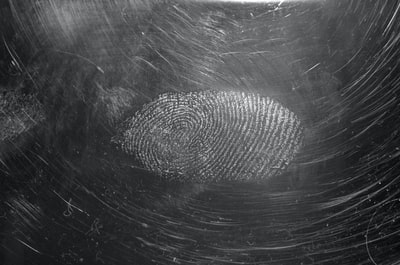Radiation uses

Doctors can use radioactive chemicals as tracers. Diseased or damaged parts of the body contain particular chemical concentrations. A patient is given a substance containing a radioactive chemical which finds this area. With the use of radioactive detectors which are used outside the body an image of the inside of the body can be created.
Beta and gamma radiation is used because they pass more easily out of the body and are far less likely to damage the cells inside the body, unlike alpha radiation. The risk is also reduced because:
- – it has a short half-life
- – it isn’t poisonous
In industry, radiation can be used to control the thickness of certain materials, like paper or aluminium. A detector picks up the radiation. The thicker the material, the less radiation it picks up. If the material becomes too thick, or thin, the detector sends a signal to equipment which can change then the thickness.
——————————————————
Types of radiation

- – alpha
- – beta
- – gamma
Alpha radiation is composed of alpha particles. An alpha particle is made up of:
- – two protons
- – two neutrons
Beta radiation is composed of high energy electrons which are given off from the nucleus. Instead of the electrons coming from energy levels or electron shells located around the nucleus they’re produced when a neutron splits up into an electron and proton. The result is that the electron then bursts out at high speed from the nucleus.
Gamma radiation is a form of electromagnetic radiation. It has a very high frequency and, as with other forms of electromagnetic radiation like visible light, is able to travel very far.
——————————————————
Penetrating properties
Each type of radiation is able to travel different distances in the air:
- – alpha radiation can only travel a few centimetres
- – beta radiation can travel tens of centimetres
- – gamma radiation can travel metres
The further they travel, the less intense they become as their particles or rays spread out and disperse.

- – Alpha radiation penetrates the least; it can be absorb by a sheet of paper.
- – Beta radiation is able to penetrate paper but is absorbed by a thin aluminium sheet
- – Gamma radiation can penetrate the most: it can penetrate paper and thin metal. In fact, at high levels a thick sheet of lead or metre of concrete are required to stop it.